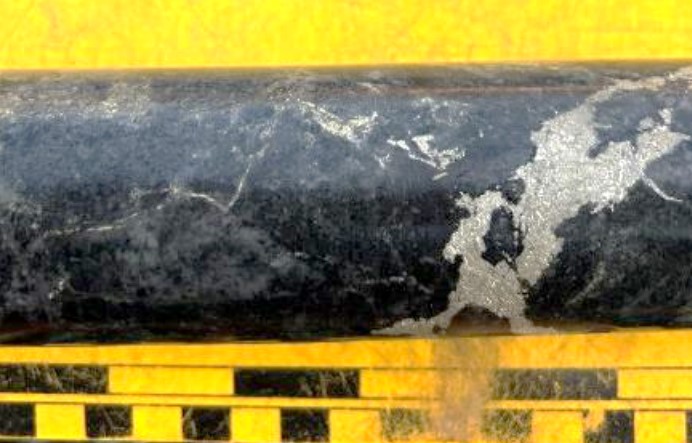Pacific Ridge drills copper in every hole at Chuchi copper-gold project


Pacific Ridge Exploration (TSXV: PEX; OTCQB: PEXZF) completed its inaugural drilling program at the Chuchi copper-gold project where copper mineralization was intersected in all five holes. The project is located in central British Columbia, 35 km northwest of Centerra Gold’s Mount Milligan copper-gold mine.
Each drill hole intersected alkalic porphyry copper mineralization consisting of chalcopyrite and pyrite hosted in breccias, veins and as disseminated mineral replacement. Assays are pending.
"The last major drill program at the BP zone was more than three decades ago," said Blaine Monaghan, president and CEO of Pacific Ridge. “The company believes that the BP zone has significant, untested potential for porphyry copper-gold mineralization along strike and at depth as many of the historical drill holes were shallow and ended in mineralization."
One of the highest grades returned during historic drilling at Chichi came from hole CH-91-40, which assayed 0.30% copper and 0.29 g/t gold over 80 metres, including 64 metres at 0.35% copper and 0.29 g/t gold, including 40 metres at 0.45% copper and 0.41 g/t gold (0.73% copper equivalent).
One of the longest holes was CH-91-42 assayed 0.10% copper and 0.61 g/t gold over 229.2 metres (0.51% copper equivalent). Included was a 50-metre section grading 0.09% copper and 2.10 g/t gold, a 28-metre section at 0.07% copper and 3.61 g/t gold, and a 42-metre section at 0.13% copper and 0.55 g/t gold.
Pacific Ridge says its 2024 drill program was designed to test the interpretation that the BP zone forms a tabular-shaped body with a high degree of northeast trending structural control, a steep westward dip, and is deep rooted. Further, drilling tested for evidence that BPZ is structurally segmented with greater preservation potential in downthrown blocks towards the northeast.
Over the 750-metre strike length of the BP zone tested this year, sulphide mineralization appears to follow a northeast trending corridor centered on the North Central fault zone. Brecciated and altered lithological contact zones around the monzodiorite porphyry complex are also identified as areas of enhanced mineralization.
Chuchi is over 160 km2 in size and comprises three mineral tenure blocks, Chuchi, under option from Centerra Gold (TSX: CG), and Chuchi South and Chuchi West, under option from American Copper Development (TSXV: ACDX) and a private individual.
More information about Chuchi is included in the corporate presentation on www.PacificRidgeExploration.com.
Comments